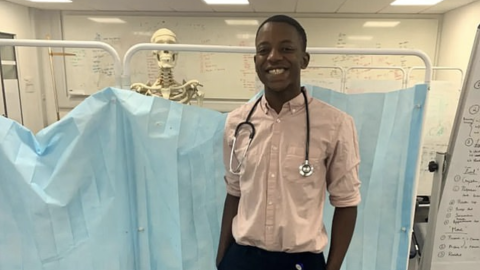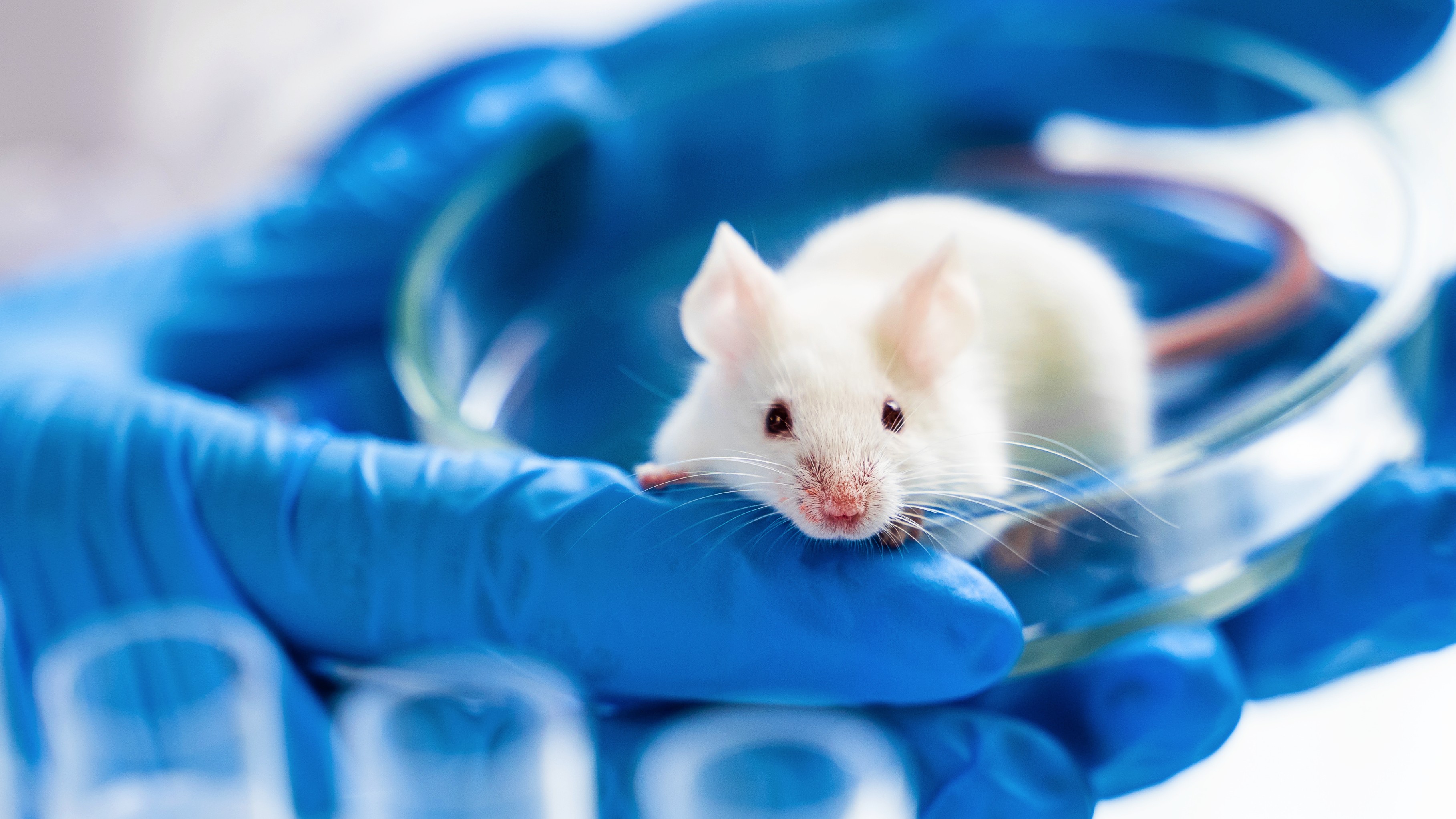UK medical student creates handbook to show clinical symptoms on darker skin

Photo Credit: St George's University of London
- A medical student in the UK recently created a handbook to help trainee doctors recognize life-threatening conditions on black and brown skin.
- “Mind the Gap” includes images that display how certain illnesses appear on both darker and lighter skin tones.
- The COVID-19 pandemic has exacerbated problems with suspected coronavirus patients being asked if they are “pale” or if their lips “turned blue”.
Look in a medical textbook for the symptoms of a rash and you’ll probably find “red bumps.” Look up oxygen deprivation and you’ll get “blue lips” as a common sign. Melanin typically alters those colors, so those diagnostics don’t always apply to non-white skin — i.e., most of the world’s population. And it can have fatal consequences.
After being taught clinical signs and symptoms on white skin, a Black medical student at St. George’s University of London, Malone Mukwende, recently created a handbook to help trainee doctors recognize life-threatening conditions on black and brown skin.

Photo Credit: St George’s University of London
Mukwende has been working with Senior Lecturer in Diversity and Medical Education, Margot Turner, and Clinical Lecturer in Clinical Skills, Peter Tamony on the handbook “Mind the Gap” as part of a student-staff partnership project looking at clinical teaching on black and brown skins.
According to the British Medical Journal, Mind the Gap aims “to teach medical students and other health professionals about the importance of recognizing how some conditions can present differently in darker skins.”
The book includes images that display how certain illnesses appear on both darker and lighter skin tones. Additionally, it includes suggestions for appropriate phrases and vernacular for doctors to use with their patients.
“It is important that we as future healthcare professionals are aware of these differences so that we don’t compromise our care for certain groups,” said Mukwende in a St George’s University press release, noting that medical textbooks contain a ‘white skin bias,’ which has put the health of those groups at risk.
Though Mind the Gap is not currently published or available for distribution, discussions with potential publishers are ongoing according to St George University’s statement.
Mukwende explained that the COVID-19 pandemic has exacerbated problems with suspected coronavirus patients being asked if they are “pale” or if their lips “turned blue”.
“These are not useful descriptors for a black patient and, as a result, their care is compromised from the first point of contact,” said Mukwende. “It is essential we begin to educate others so they are aware of such differences and the power of the clinical language we currently use. We will be hosting a training session for clinical skills peer tutors which will take place in July 2020.”
He pointed out that conversations currently taking place regarding health disparities in the United Kingdom are pressuring universities to take real action to address those concerns. For example, at St George’s there was a petition calling for teaching clinical skills on black and brown skin.
“The petition, Covid-19 pandemic and the Black Lives Matter movement all illustrate there is an urgent need for change,” said Mukwende.





